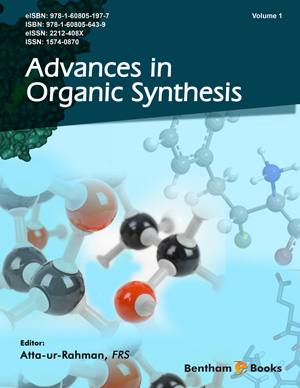Abstract
Licorice, derived from the dried roots and rhizomes of Glycyrrhiza uralensis
Fisch., Glycyrrhiza inflata Bat. or Glycyrrhiza glabra L., has been utilized in
Traditional Chinese Medicine for centuries. Licorice serves not only as a sweetener,
but also as a remedy for various ailments, including cough, fever, pain, heartburn,
kidney stones, and skin ulcers. Glycyrrhizin is a major compound of licorice that
contains high amounts of flavonoids, saponins, triterpenes, isoflavonoids, and
chalcones. The gut microbiota contains trillions of microorganisms in the
gastrointestinal system, and the balance/imbalance of gut microbiota composition is
related to healthy state and disease susceptibility. Moreover, gut microbiota plays a
pivotal role in the metabolism of herbal medicines. Following ingestion, glycyrrhizin
undergoes conversion by gut microbiota, resulting in the formation of 18βglycyrrhetinic acid (GA). Notably, GA represents a bioactive form of glycyrrhizin,
responsible for both the pharmacological effects and adverse reactions associated with
licorice. Conversely, oral administration of herbal medicines, including licorice, may
impact the gut microbiota composition. Licorice and its metabolites possess the
potential to modulate the abundance of gut microbiota members. This chapter aims to
explore the intricate relationship between licorice and gut microbiota while specifically
evaluating the effects of licorice and gut microbiota on neurodegenerative diseases
such as Parkinson's and Alzheimer's diseases. Additionally, we provide a
comprehensive summary of the adverse effects of licorice and its potential interactions
with other drugs. Further studies focused on elucidating the interplay between licorice and gut microbiota will improve our understanding of the neuropharmacological profile
and adverse effects of licorice, thus facilitating the development of novel treatment
approaches using licorice.
Keywords: Alzheimer’s disease, glycyrrhetinic acid, glycyrrhizin, glycyrrhizinic acid, gut-brain axis, isoliquiritigenin, licochalcone, liquiritigenin, Parkinson’s disease, pseudohyperaldosteronism.






















